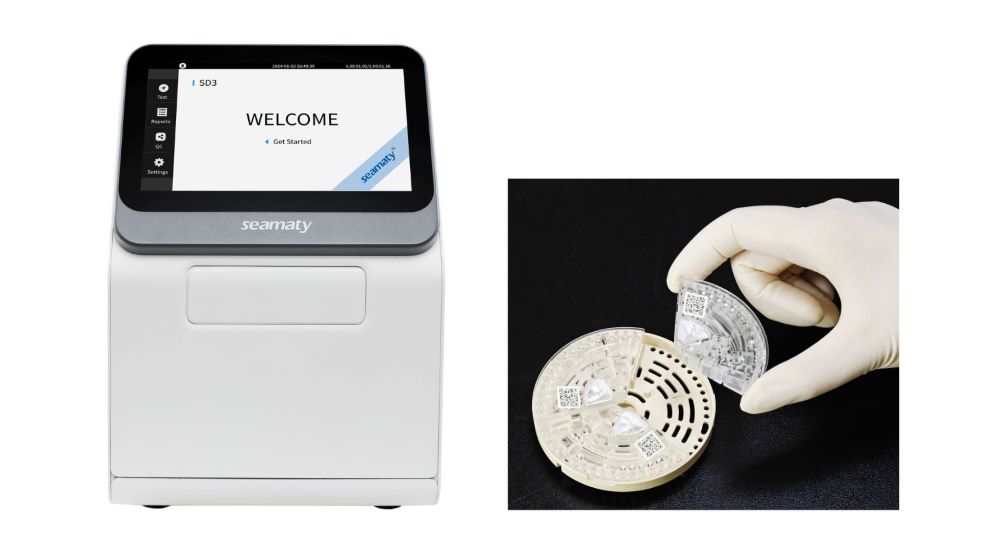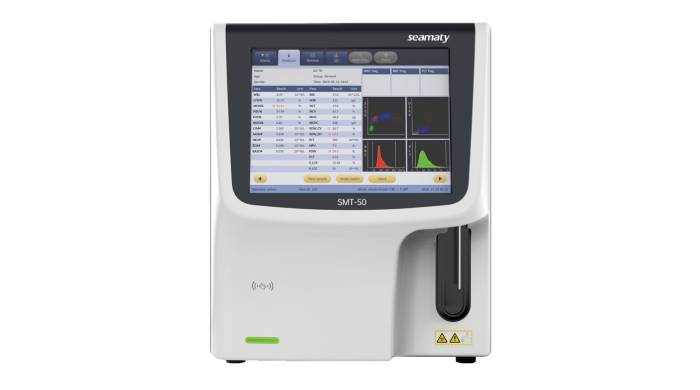release time:2021-10-13 16:34:42
Chemiluminescent immunoassay, as an important technical tool for in vitro diagnostic testing technology, emerged in the mid-1970s. Nowadays, chemiluminescence immunoassay has become a mature and advanced technique for the detection of ultra-micro-active substances. It has a wide range of applications.
Chemiluminescent immunoassay is developing very rapidly. It is much more sensitive and accurate than enzyme immunoassay and fluorescence method. Chemiluminescence immunoassay has become a technique that integrates the knowledge of many disciplines. Chemiluminescence immunoassay is widely used in clinical testing, drug analysis, environmental monitoring and other fields.

2024-04-29
Cut costs & boost lab efficiency with the Seamaty SD3! This automatic chemistry analyzer uses fan-shaped reagent panels to run 3 tests at once, saving time & money. Improve workflow, get faster results, & enhance patient care. Learn more about the SD3!

2022-09-12
Hematology is a branch of medical science that deals with the study of blood, blood-forming organs and diseases. Hematology analyzers are an important part of this field, used to diagnose and monitor conditions like leukaemia, anaemia and sickle cell disease. If you're interested in learning more about hematology analyzers, or want to know which one is best for your needs, read on.

2021-11-04
Microfluidic chip technology is the cornerstone of biochips. It integrates the processes involved in sample pretreatment, biochemical reactions, sorting and detection in the fields of chemistry, biology and medicine into a few square centimeters of chip through multidisciplinary intersection.